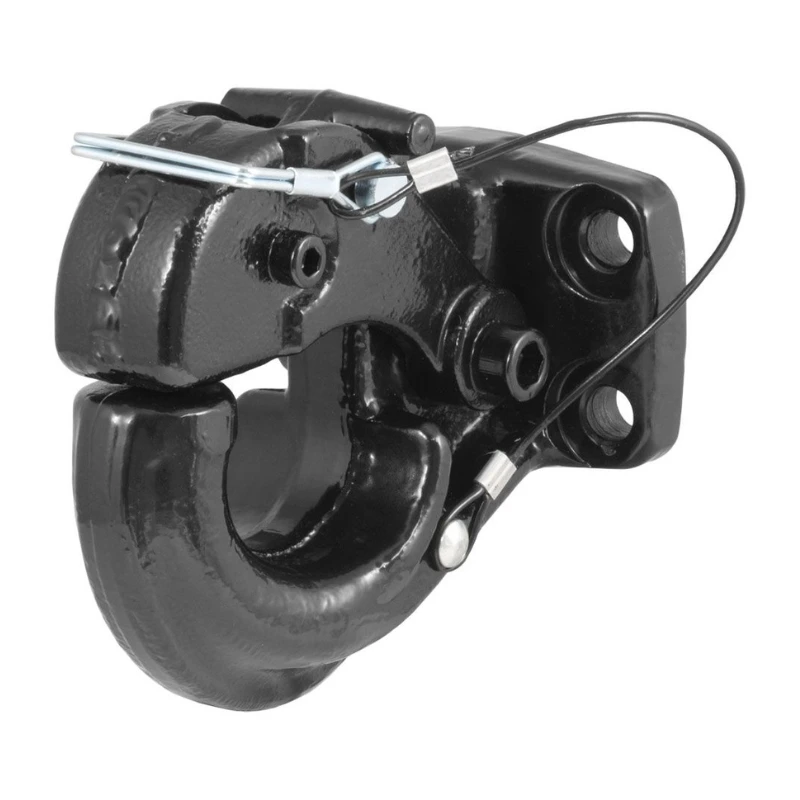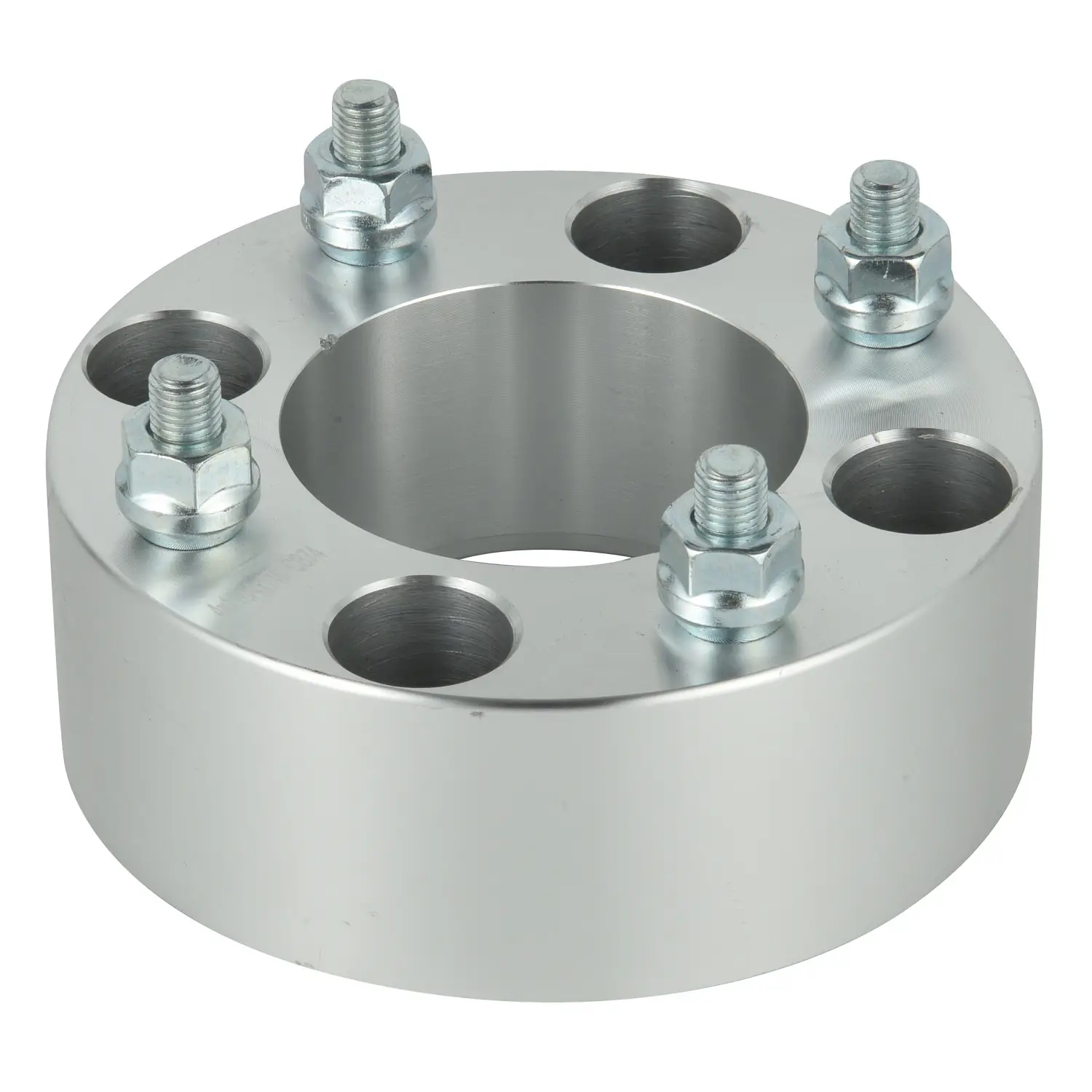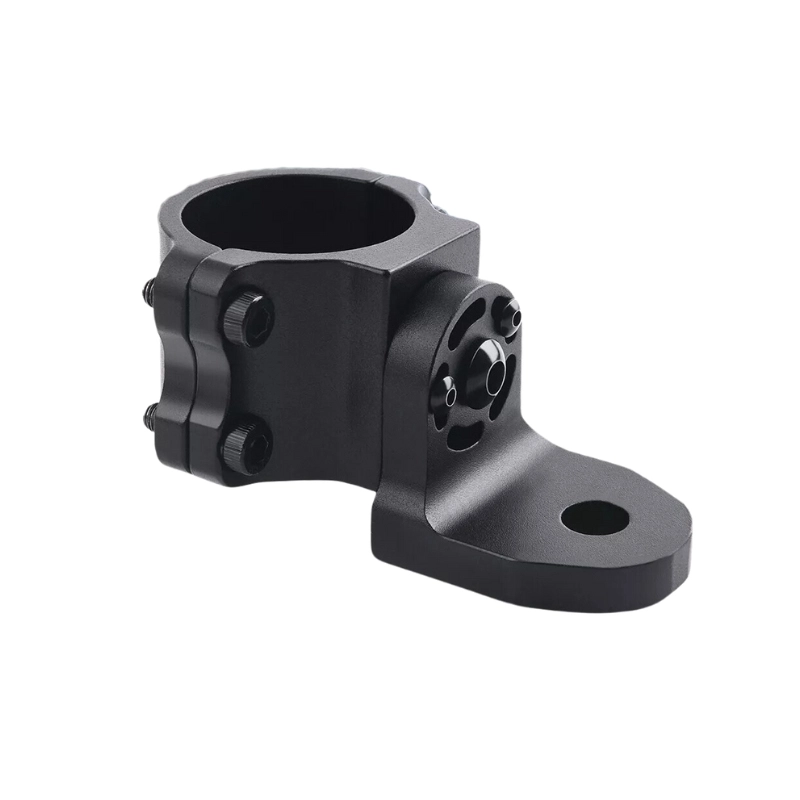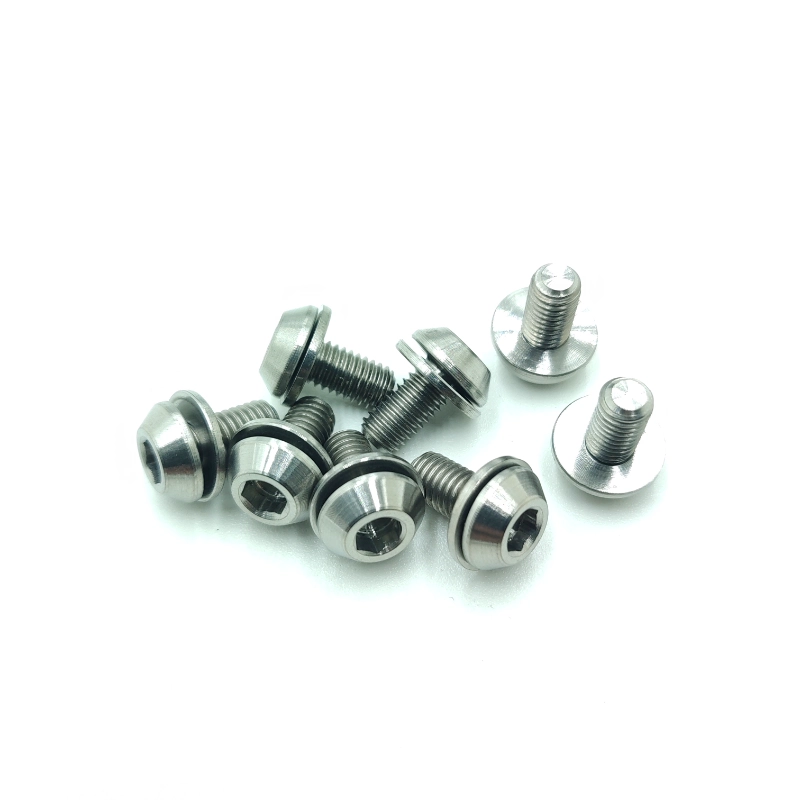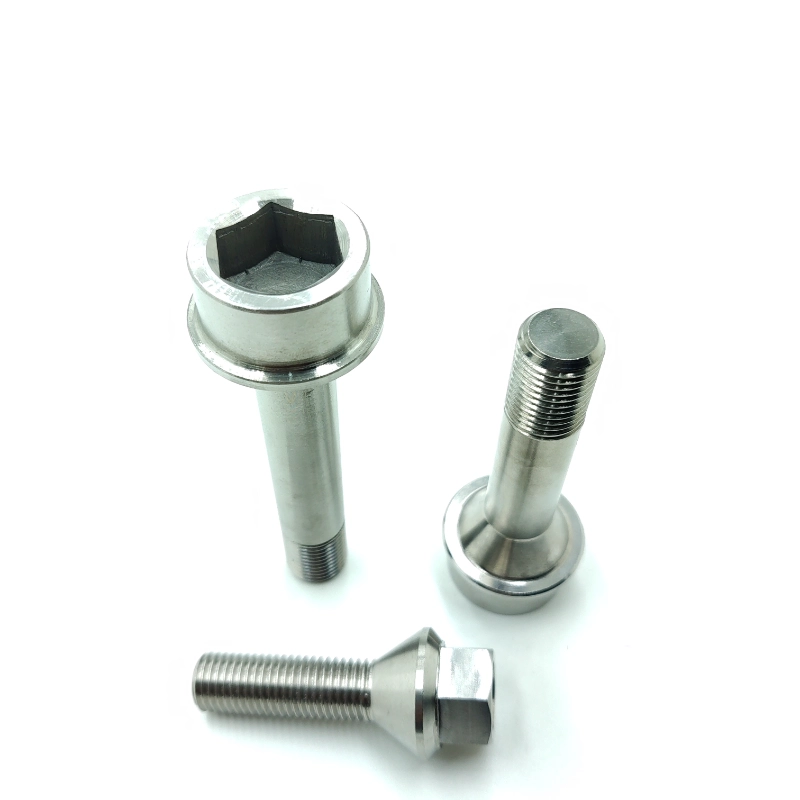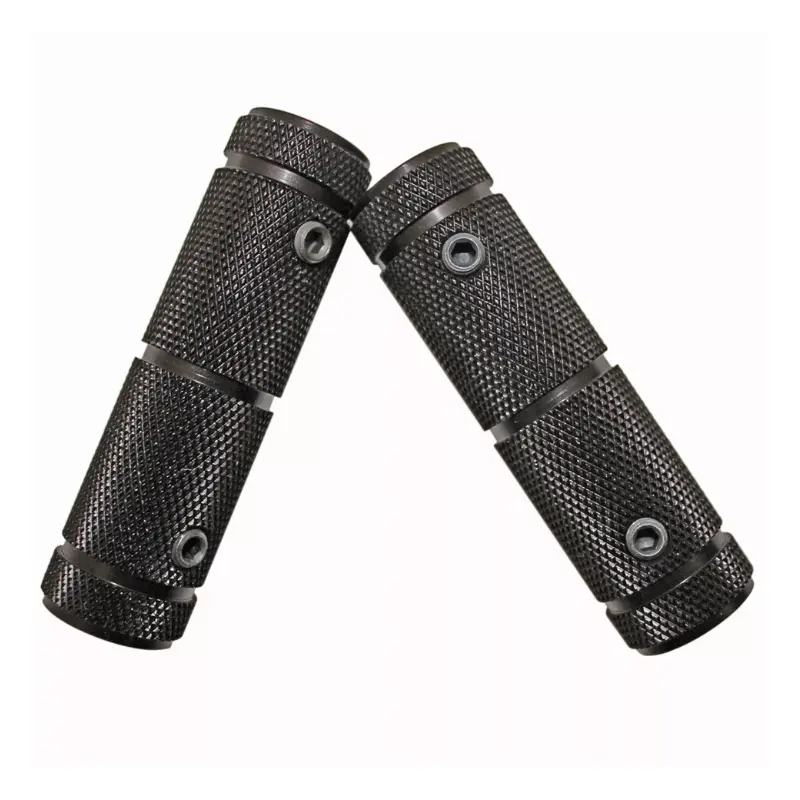- Maison
- Ressources
- Blog
- Mild Steel: Properties, Grades, and Applications
Mild steel is one of the most commonly used materials in construction, manufacturing, and engineering due to its affordability, strength, and versatility. As a low-carbon steel, it offers excellent machinability and weldability while maintaining good mechanical properties. However, its performance varies based on composition, processing, and environmental exposure.
This article explores mild steel properties, mild steel grades, and its applications, along with a comparison to other carbon steels.
Qu’est-ce que l’acier doux ?
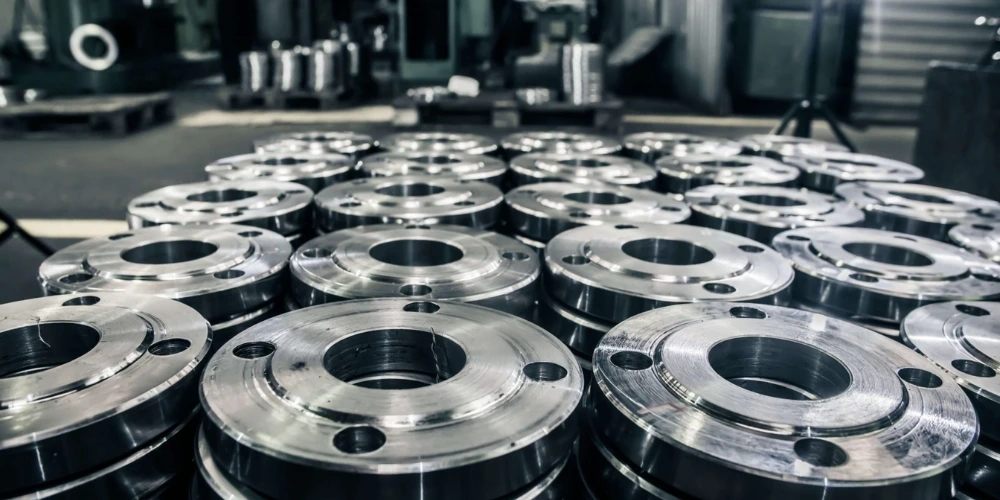
Mild steel is a type of Acier Carbone with a low carbon content, typically ranging between 0.05% and 0.25%. Unlike high-carbon or alloy steels, mild steel does not contain significant amounts of additional alloying elements such as chromium, molybdenum, or vanadium.
Its relatively low carbon content gives it higher ductility, improved machinability, and good weldability, making it suitable for various industrial applications.
Mild Steel vs. Carbon Steel
Alors que acier doux is a subset of Acier Carbone, not all carbon steels are considered mild. The primary difference between carbon steel vs. mild steel is carbon content and strength. High-carbon steels (0.6%-1.5% carbon) offer superior hardness and wear resistance but are less ductile and more challenging to weld. In contrast, mild steel’s lower carbon content makes it more malleable and suitable for forming, bending, and welding applications.
Mild Steel Properties
Mild steel is widely used because of its favorable mechanical and chemical properties:
- Point de fusion of Mild Steel: Around 1,350°C to 1,500°C (2,462°F to 2,732°F), making it suitable for casting and fabrication.
- Acier doux Limite d'élasticité: Typically ranges from 250 MPa to 400 MPa, depending on the grade and processing method.
- Ductilité: High ductility allows it to be formed into different shapes without cracking.
- Dureté: Excellent impact resistance makes it suitable for structural applications.
- Magnétisme: Mild steel is ferromagnetic, meaning it is attracted to magnets and widely used in electrical and mechanical applications.
Despite its advantages, mild steel has low corrosion resistance, meaning it requires protective coatings such as galvanization, painting, or powder coating when used in corrosive environments.
Mild Steel Grades and Applications
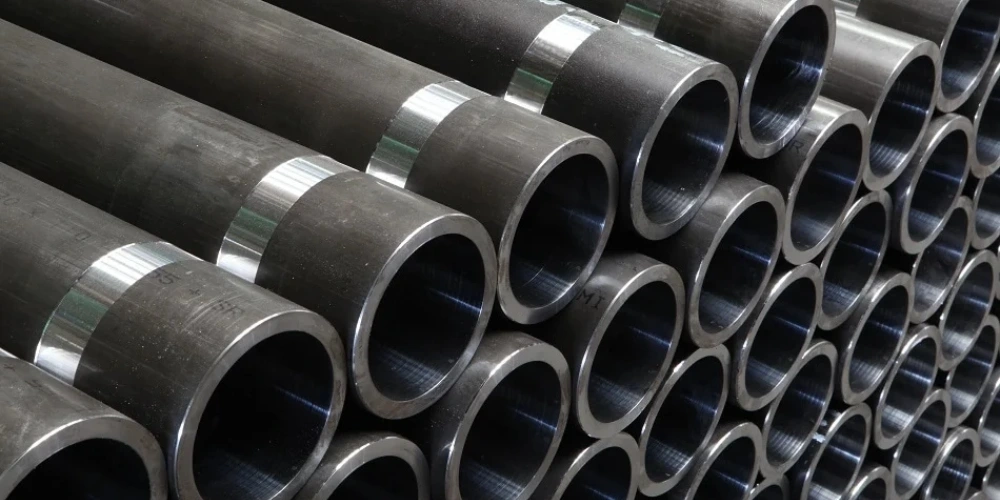
Several grades of mild steel are available, each suited for specific applications. Some of the most common grades include:
- 1018 mild steel is one of the most commonly used mild steel grades, valued for its excellent machinability, weldability, and moderate strength. Due to its well-balanced mechanical properties, it is widely used in the production of shafts, pins, gears, and various machine parts. Its low carbon content ensures ease of machining while maintaining sufficient toughness for general engineering applications.
- A36 mild steel is a structural grade known for its higher yield strength, making it suitable for construction, bridges, et heavy equipment manufacturing. Its excellent welding et forming properties make it a preferred choice for fabrication projects where durability and ease of use are essential. Given its combination of strength and workability, A36 is widely used in large-scale structural applications that require reliable load-bearing capacity.
- EN1A mild steel is a free-cutting mild steel that contains added sulfur, which enhances its machinability. This characteristic makes it ideal for precision components, automobile parties, et gears, where intricate detailing and smooth finishes are required. The enhanced machinability of EN1A allows for faster production speeds while maintaining high accuracy, making it an excellent choice for high-volume machining applications.
- S275 mild steel is another structural grade that offers a balance between strength and ductility. It is commonly used in building frameworks, bridges, and industrial applications, where both structural integrity and flexibility are required. Its toughness and weldability make it ideal for applications that require resistance to heavy loads while allowing for easy fabrication and construction.
Each of these mild steel grades varies in composition et mechanical properties, affecting its suitability pour different applications.
Processing and Fabrication of Mild Steel
Mild steel is easy to machine, weld, and shape, making it a preferred choice for fabrication across various industries.
One of the most common processing methods is cutting, which can be achieved using techniques such as plasma cutting, laser cutting, or mechanical shearing, depending on the required precision and application.
Welding is another significant advantage of mild steel, as its low carbon content provides excellent weldability, reducing the risk of cracking and making it ideal for structural and industrial applications.
Forming processes, including rolling, stamping, and bending, allow mild steel to be shaped without compromising its structural integrity, making it suitable for components that require flexibility and durability.
Additionally, heat treatment can be used to improve hardness and mechanical properties, although mild steel does not respond to heat treatment as effectively as high-carbon steels.
Corrosion Protection and Maintenance
Since mild steel is prone to corrosion et rust, implementing protective measures is essential to extend its lifespan and maintain its structural integrity. One of the most effective methods is galvanization, where a zinc coating is applied to the surface of the steel to prevent rust formation.
Another common approach is painting ou powder coating, which adds a protective barrier against moisture et chemicals, making it ideal for applications exposed to harsh environmental conditions. Oiling ou greasing provides temporary protection, especially for tools and machine parts that require lubrication and corrosion resistance during storage or limited use.
Additionally, alloying mild steel with chromium or nickel enhances its corrosion resistance, making it more suitable for specific industrial applications. Proper maintenance et routine inspections are crucial in preventing rust and ensuring long-term durability, particularly for structures and components used in outdoor or high-moisture environments.
Conclusion
Mild steel is a cost-effective, strong, and highly versatile material used across industries for its favorable mechanical properties. While it does not have the same hardness or corrosion resistance as higher-carbon or alloy steels, it remains a top choice for structural, manufacturing, and engineering applications.
Understanding the differences between 1018 mild steel, A36 mild steel, and other grades helps in selecting the right type for specific applications. Despite its susceptibility to corrosion, proper coatings and maintenance can significantly extend its lifespan, making it a valuable material in modern construction and manufacturing.
Découvrez-en davantage avec nos articles de blog.
Messages récents
Découvrez-en plus sur nos produits.
Produits connexes
Devis instantané !



